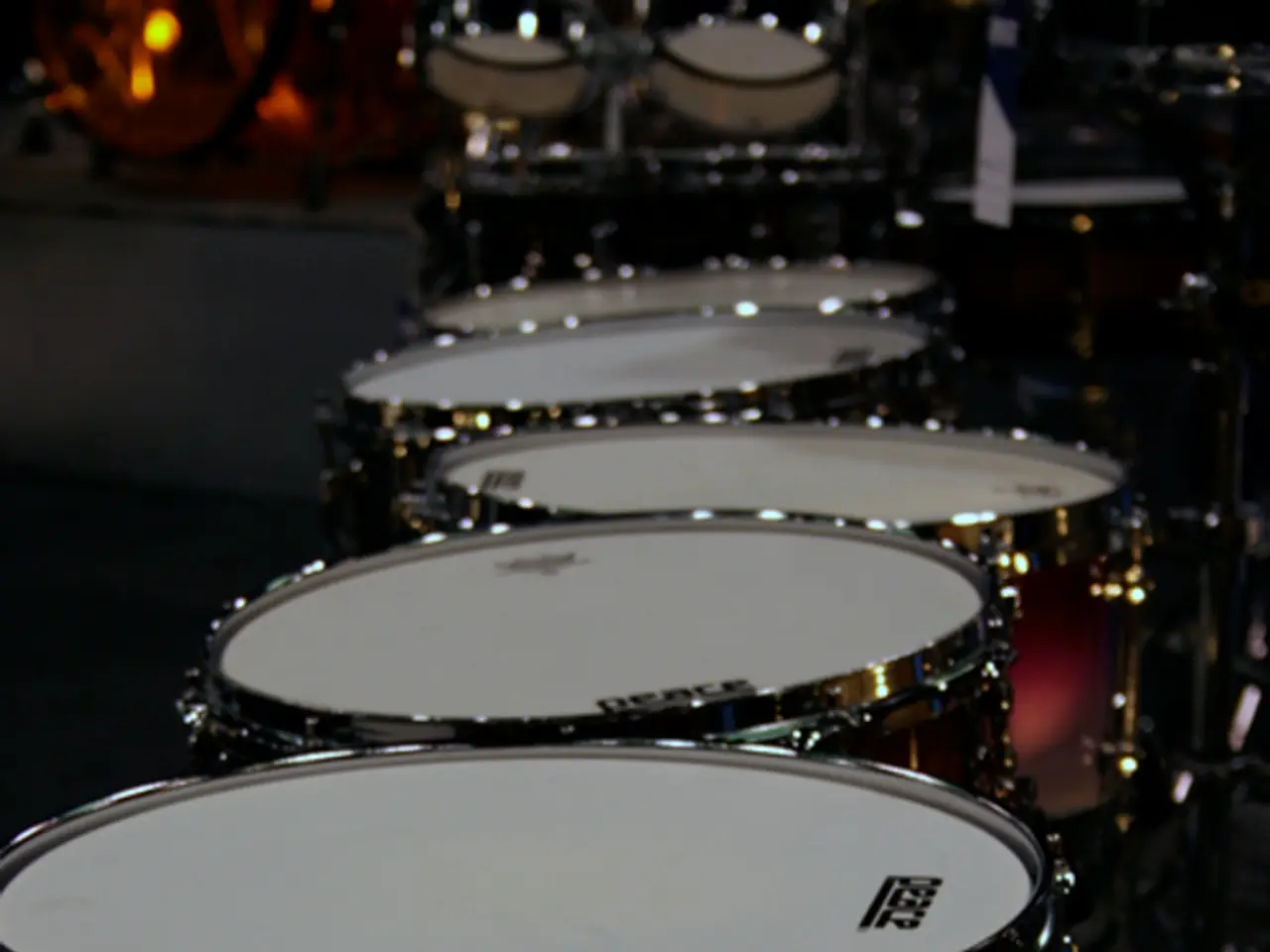Free distribution of overdose-reversing medication available at 61 Philadelphia fire stations
In an effort to combat the rising opioid crisis, Philadelphia has launched a new initiative called Naloxone in Black. This program, which is a local version of Vital Strategies' nationwide You Have the Power to Save Lives campaign, aims to provide the overdose-reversing drug, naloxone, in communities where overdose incidents are common.
The program, funded by the Pennsylvania Department of Drug and Alcohol Programs, will supply 50,000 doses of naloxone for the Philadelphia campaign. The drug will be available for free in newspaper-style boxes outside 61 city fire stations. These stations are strategically located throughout Philadelphia, including neighborhoods like North Philadelphia, South Philadelphia, West Philadelphia, and Center City, and are chosen to ensure broad coverage.
The 61 fire stations offering naloxone are located in areas with large Black populations, following a Pennsylvania Department of Health study last year that found Black people who died from opioid overdoses were half as likely as white people to receive naloxone. The study also found that Black overdose deaths in Pennsylvania increased more than 50% between 2019 and 2021, while white overdose deaths showed no change.
In Philadelphia, the situation is complex. While the number of overdoses is going down in some parts of the city, it's not everywhere. For white Philadelphians, the rate of overdose deaths dropped by 12%, while for Black Philadelphians, the rate increased by 87%.
To address this disparity, the program offers free training on how to administer naloxone. Philadelphia Chief Public Safety Officer Adam Geer, who has the life-saving drug everywhere, including in his car, house, and briefcase, emphasizes the importance of making naloxone easily accessible. "When people are carrying naloxone, they save lives," he said.
Fire stations will soon offer easier access to naloxone. The drug will be available outside fire stations 24/7 for anyone to access. No information is required to obtain the drug, according to Martin McCall, deputy commissioner for emergency medical services. Geer emphasized that fire stations are trusted spaces and the boxes ensure naloxone is available at any time.
The goal of the program is to get the overdose-reversing drug into the hands of people who need it. More than 6,000 overdose reversals were reported using naloxone supplied by the department's overdose prevention program. The process of administering naloxone is quick, involving inserting a dispenser into the nasal cavity to dispense the drug.
With the launch of the Naloxone in Black program, Philadelphia is taking a significant step towards combating the opioid crisis in its communities. The program is expected to save lives by making naloxone more accessible and ensuring it reaches those who need it most.
Read also:
- Tobacco industry's suggested changes on a legislative modification are disregarded by health journalists
- Trump's Policies: Tariffs, AI, Surveillance, and Possible Martial Law
- Uncovering Political Ad Transparency: A Guide to Investigating opponent's Political Advertisements in the Digital Realm
- Elon Musk praises JD Vance's debate performance against Tim Walz








